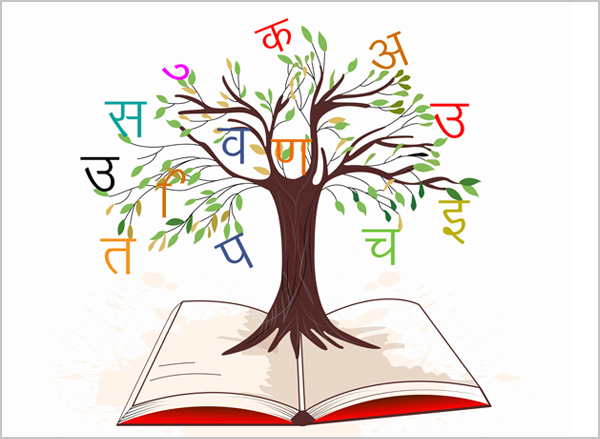The Devanagari script, often simply referred to as “Devanagari,” is an abugida script used primarily for writing Sanskrit and several modern Indo-Aryan languages, including Hindi, Marathi, Nepali, Konkani, and more. It is one of the most widely used scripts in South Asia and holds great cultural and linguistic significance. Here are some key features and facts about the Devanagari script. Devanagari, which means “divine city script” or “script of the city of the gods,” has its origins in ancient Brahmi script. It evolved from the Siddhaṃ script during the Gupta period (around 4th-5th centuries CE). Devanagari is typically written from left to right, although it can also be adapted for right-to-left writing for certain languages. It is known for its distinctive horizontal line at the top of most characters. Devanagari is an abugida script, meaning that each character represents a consonant with an inherent vowel sound that can be modified with diacritics to produce other vowel sounds. Consonant-vowel combinations are the basis of the script. Devanagari allows for the formation of complex consonant conjuncts, where two or more consonants combine in a single character. This feature is crucial for writing Sanskrit and some modern languages. Devanagari is used to write a variety of languages, with slight variations in character usage and pronunciation. For example, Hindi, Marathi, and Nepali all use Devanagari but may have some language-specific characters or diacritics. Devanagari script includes its own set of numerals, often referred to as “Devanagari numerals.” These are used in parallel with Arabic numerals for various purposes, including writing dates and numbers in Indic languages. Devanagari is closely associated with Sanskrit, the sacred language of Hinduism. Many religious and classical texts, including the Vedas, Upanishads, and the Bhagavad Gita, are traditionally written in Devanagari script. The script can be adapted for the transliteration of other languages. For example, it is used for writing Marathi, Konkani, and other regional languages in India. In the modern era, Devanagari script is widely used in digital form. Numerous fonts and typing software are available for typing and publishing documents in Devanagari. In 2019, UNESCO recognized Devanagari as a part of India’s Intangible Cultural Heritage.
Devanagari Script
